'Slow' progress on High Street access for disabled people
- Published

Product designer Sophie Morgan (right) is trying to make a change on the High Street
New research shows that access to the High Street for disabled people remains "slow", according to a new survey by DisabledGo.
The most recent investigation from the not-for-profit disability organisation reveals almost a quarter of all fashion retailers have no step-free access, with only 10% offering hearing loops to help deaf shoppers.
When compared to a wider survey carried out in 2014, the results show a similar or in places poorer performance than before.
It's been two years since DisabledGo shocked the government with evidence that highlighted the inaccessibility of the British High Street for disabled people.
In 2014, the accessibility information providers visited over 25,000 shops and restaurants in person. It was one of the largest assessments of its kind in the UK.
But fast-forward to 2017 and their most recent snapshot of 1,295 fashion retailers shows that not much has changed.

Disability Works
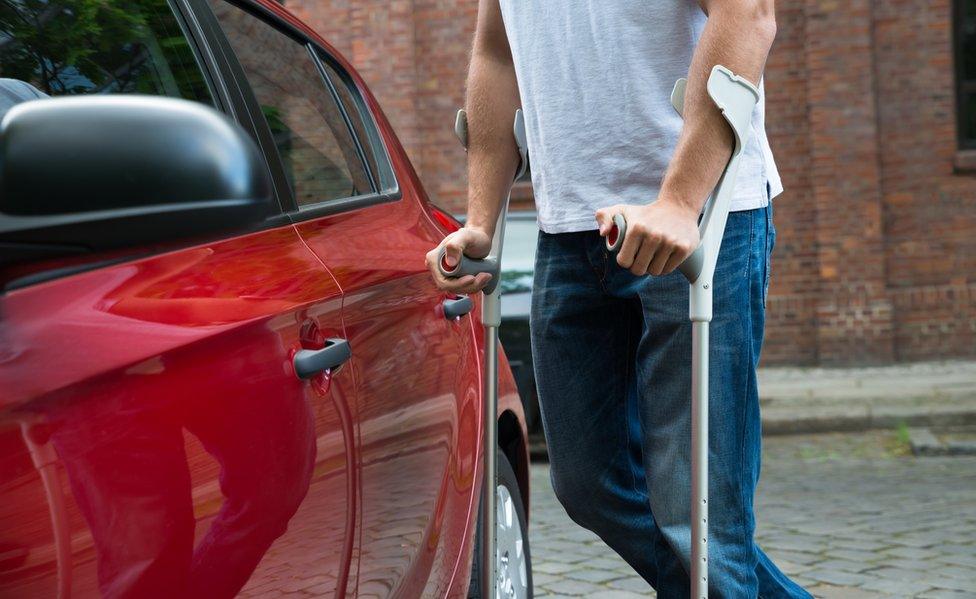
The BBC's business and economics unit is looking at how businesses work with people with disabilities and how disabled people have made business work for them
A range of stories will feature across online, TV and radio from 20-24 February 2017
On Twitter and Facebook you can follow the hashtag #DisabilityWorks and at the end of the week you can download the Ouch podcast

Speaking about the findings, Anna Nelson, executive director of DisabledGo.com, says: "progress has been slow".
"We were hoping the survey would show improvement over the past two years, but sadly this is not the case."
This week I'm looking into disability and the fashion industry, as part of the BBC's Disability Works week and have been given these exclusive figures.
Of the 1,295 fashion retailers DisabledGo visited, over 60% didn't provide staff with any disability awareness training - a slight improvement on the 2014 audit.
However, fewer retailers were able to provide a hearing loop, and the situation for wheelchair users was also slightly worse.

High Street barriers
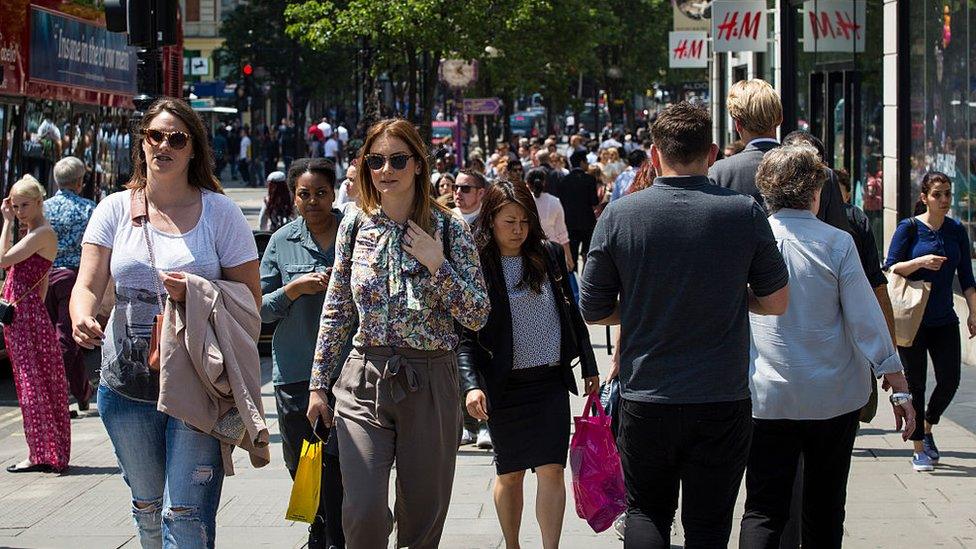
Of the 1,295 fashion retailers DisabledGo visited:
23% did not have access for wheelchair users
96% were able to provide somewhere to sit and rest
Only 10% had a hearing loop available for shoppers with hearing aids
Only 38% gave staff disability awareness training

Business sense
The latest figures from the Department for Work and Pensions show the collective spending power of disabled people, often referred to as the "purple pound", has risen to £249bn.
"You would think that this together with the legal obligations for every retailer to make reasonable adjustments would have been a catalyst for change," says DisabledGo.com's Anna Nelson.
"To us, providing great service to disabled people should just be about providing great customer service."
The power of the "purple pound" explained
The Equality Act 2010 is meant to ensure disabled people have equal access in all areas of life. This may mean changing the way in which services are delivered, providing extra equipment and/or removing physical barriers.
But when it comes to fashion, the barriers facing disabled people don't just stop at physical access. According to the disability charity Scope, the representation of disability on the High Street is "simply not up to scratch".
Yet there are signs that the government is now recognising this issue.
In a statement to the BBC, Penny Mordaunt, the Minister of State for Disabled People, said: "Our shop windows, magazine pages and catwalks should reflect the diversity of our society, and I want to see businesses making a real effort to be open to everyone.
"That's why this week I've announced new champions to address the issues faced by disabled consumers, from buying clothes to travelling abroad. They'll highlight the importance of being inclusive, whilst tapping into the £249bn spending power of disabled consumers."
Wheelchair user creates mannequin to target disabled consumers
One woman on a mission to change things is Channel 4 presenter and product designer Sophie Morgan.
In 2010 she designed and developed the "mannequal", a wheelchair for a sitting mannequin.
Having modelled in the past, Sophie is passionate about fashion being "for every body".
Around 2012 she managed to get her mannequal in the shop front of a large High Street store. Her product was used as part of a campaign during the London Paralympics.
But as soon as the Games came to an end, so did the campaign and Sophie's mannequal.
Disillusioned by the endless obstacles, Sophie put her mannequal to bed.
But now, she feels it's the right time to try again.
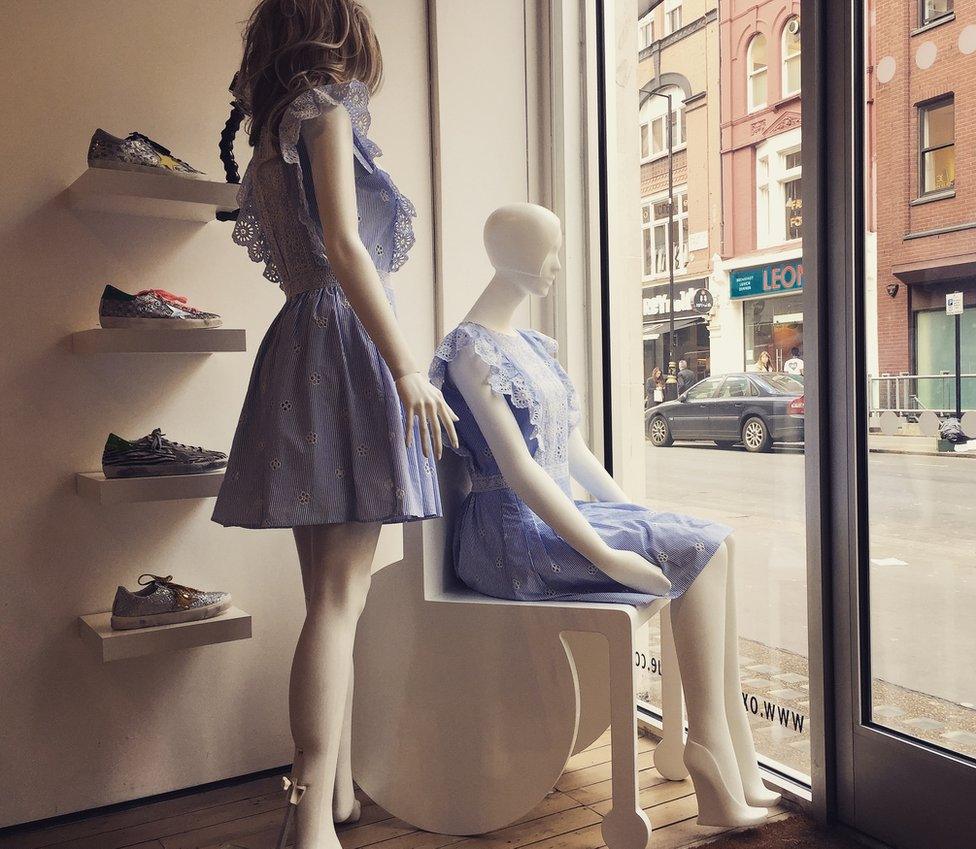
Mannequal developer Sophie Morgan says the High Street is being slow to embrace equality
I met Sophie in London to see her product, fresh off the production line. It's the first time she's seen it in a shop front in nearly five years.
"Fashion designers are opening up to the creative opportunity of diversity. But while the public and the press recognise and celebrate equality on the catwalk, this has yet to filter down to the High Street.
"The product itself is just a small thing. We've got to make a push so that retailers actually go, 'yeah, OK, we'll listen,'" says Sophie.
"This chair is just one small thing in the bigger picture, but I feel that's why I did it, it was like taking baby steps and see what happens. And this is that step."
Responding to the findings of the latest survey, the British Retail Consortium said retailers were working hard to ensure stores were as accessible as possible.
"For example, many have wide aisles, offer ramps as alternatives to stairs and have members of staff on hand to provide any additional assistance if required.
"Unfortunately retailers can be restricted on what reasonable adjustments can be made due to the age or design of a building but will have other policies in place to help access to that service."
'We're the same'
Away from the High Street, British design duo Teatum Jones have taken a giant step forward at this year's London Fashion Week.
The casting of Kelly Knox, who was born without the lower half of her left arm, and amputee Jack Eyers is a first for London Fashion Week.

Kelly Knox on the catwalk, modelling Teatum Jones during London Fashion Week
But this is not a stunt, nor is it a campaign. Catherine Teatum and Rob Jones are thinking about disabled people when they design - something they don't feel is particularly revolutionary.
"They [disabled people] have a spending power that no one seems to be interested in tapping into. So that's a big enough reason to be honest, to begin with," they say.
"We haven't adapted anything for this collection, we approached the styling and the casting of this collection as we would any other collection. The main key message for us, is I feel like we are all the same.
"Why should someone with perhaps a seated disability… have any less desire for luxury fashion?"
- Published21 February 2017
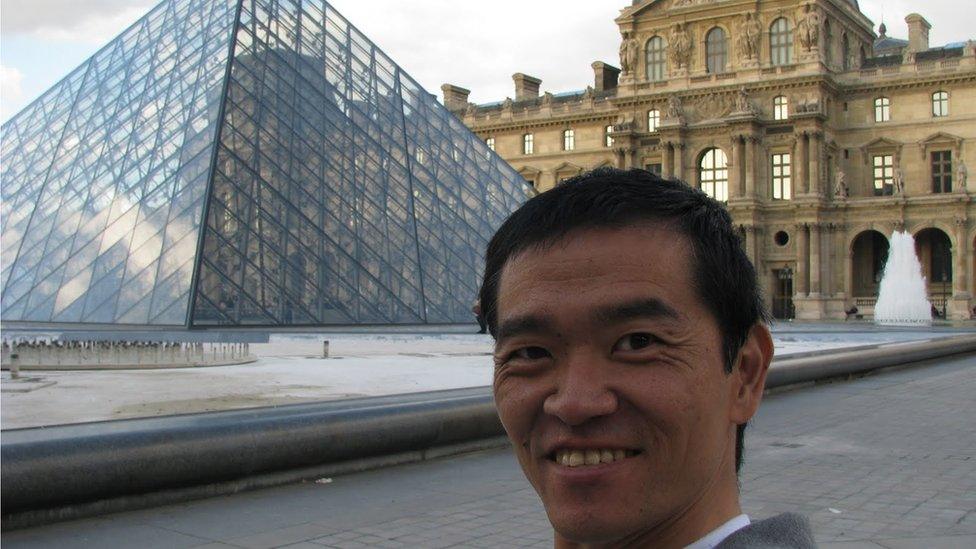
- Published21 March 2016
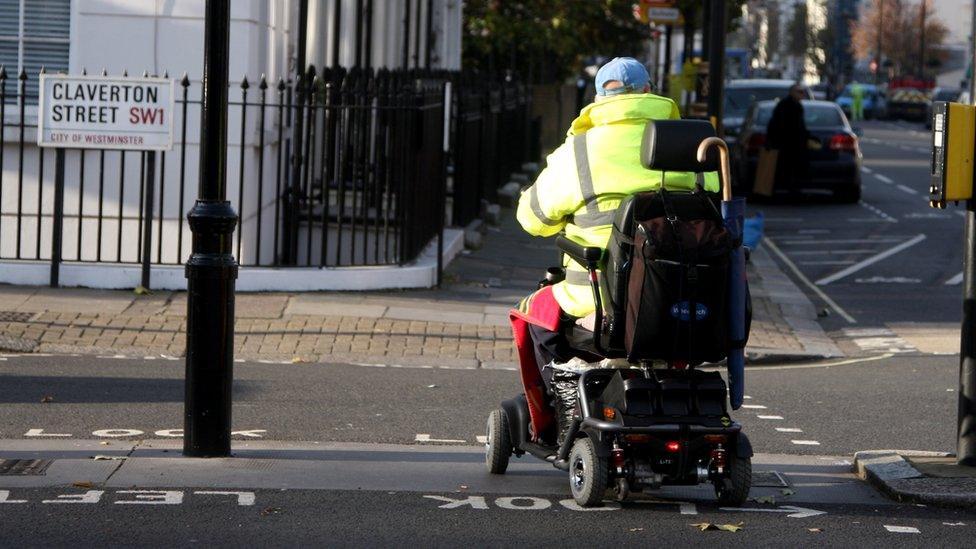
- Published17 March 2016